- Home
- Space
Space
About
Make no mistake: we are currently living in the Golden Age of space exploration. Right now, as you read these words, we have robots on the Moon, autonomous rovers on Mars, and roughly a half dozen asteroid mining companies prospecting for precious metals in space. What will happen tomorrow? Tune in to DT’s space coverage to get all the latest news and commentary on everything from SpaceX to space junk, and keep pace with all the most important things happening in the final frontier.
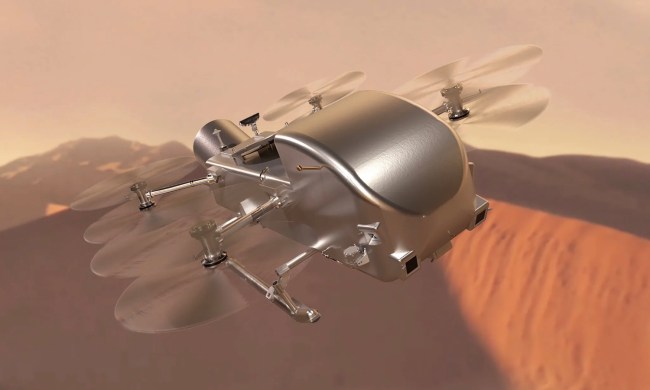
Watch how NASA plans to land a car-sized drone on Titan
Watch the cool way in which NASA is aiming to land its car-sized Dragonfly drone on Titan, Saturn's largest moon.

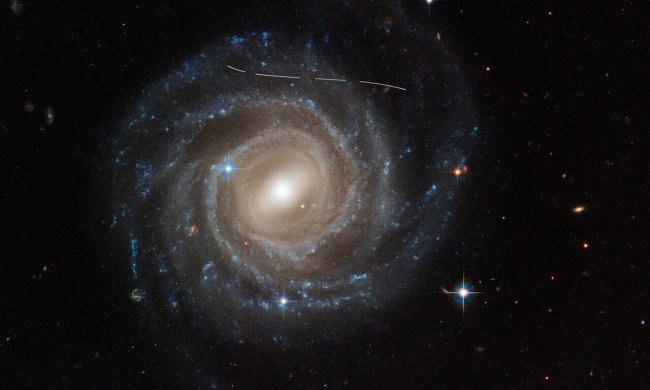







See what the solar eclipse looked like from space
The astronauts on board the International Space Station caught a stunning glimpse of this week's solar eclipse, and NASA has shared some images.

SpaceX slow-motion video shows powerful Raptor rocket engine shutting down
SpaceX has shared dramatic slow-motion footage showing a Starship spacecraft Raptor engine powering down at the end of a recent test fire.
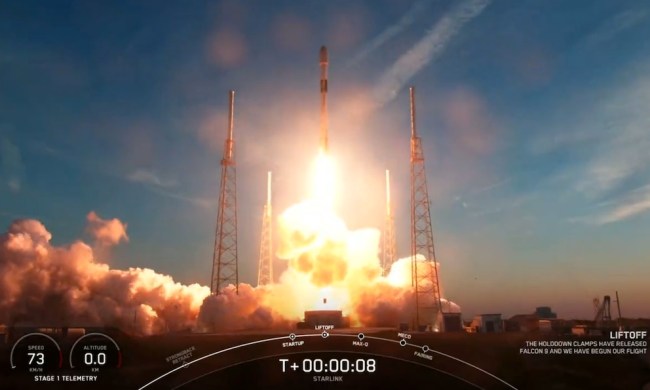
SpaceX all set for a record-breaking rocket launch on Friday
SpaceX has set lots of spaceflight records in its 22-year history, and on Friday, one of its rockets is expected to set another one.

Watch ULA’s triple-booster Delta IV Heavy roar to space for the final time
Watch ULA's triple-booster Delta IV Heavy take final flight.

ULA’s Delta IV Heavy rocket is about to take its final flight
After a scrubbed launch last month, United Launch Alliance is expected to send its Delta IV Heavy rocket on its final flight on Tuesday.
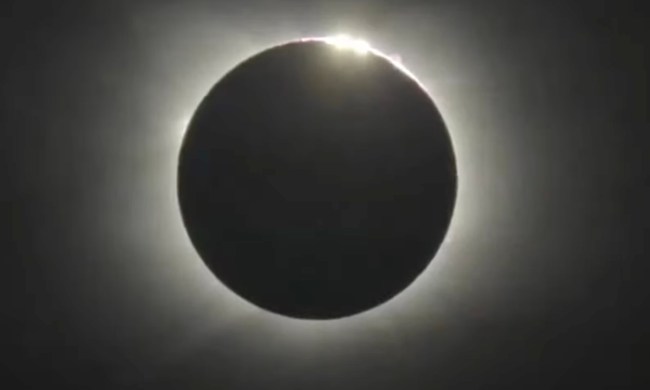
When is the next total solar eclipse?
Monday's total solar eclipse in the U.S., Canada, and Mexico has been and gone. So when is the next chance to experience this spectacular celestial phenomenon?

The first views of the eclipse are coming in, and they’re stunning
Eclipse mania is gripping swaths of the U.S. today as a total solar eclipse passes across the country from Texas to Maine.

Watch SpaceX blast its megarocket engines in spectacular test
SpaceX has performed a spectacular static fire test of its Super Heavy booster, firing all 33 Raptor engines ahead of its fourth test flight.

Total solar eclipse: NASA’s most important piece of advice
The next total solar eclipse is just hours away. NASA wants everyone to enjoy it, but has some important advice on how to do it safely.

First indications of a rare, rainbow ‘glory effect’ on hellish exoplanet
Researchers believe they may have identified a set of rainbow-like colorful rings, called a glory, on a planet outside our solar system for the first time.

Is dark energy changing over time? A new survey suggests it could be
New results from a survey into dark energy show a look back 11 billion years into the past, with the largest ever 3D map of the universe.

What kind of view will ISS astronauts get of the solar eclipse?
Astronauts aboard the International Space Station some 250 miles above Earth are eagerly awaiting Monday's total solar eclipse.

SpaceX shares stunning night shot of its Super Heavy booster
SpaceX has just released a stunning image of its powerful Super Heavy rocket on the launchpad with a dramatic star-filled sky as the backdrop.

These 3 companies are developing NASA’s new moon vehicle
Today, NASA announced the three companies that will be developing its new lunar vehicle: Intuitive Machines, Lunar Outpost, and Venturi Astrolab.

James Webb images capture the galactic winds of newborn stars
A stunning new pair of images from the James Webb Space Telescope show a new view of a familiar galaxy: Messier 82.
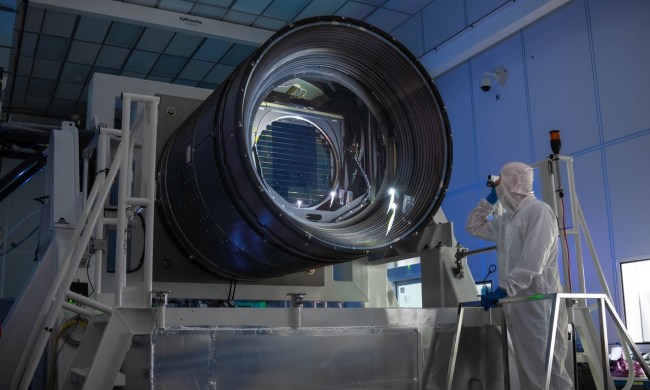
The world’s largest digital camera for astronomy is ready to go
Ready to scan the night sky for evidence of dark matter and to identify near-Earth asteroids, the camera for the upcoming Vera Rubin Observatory is complete.

NASA reveals target date for first crewed Starliner flight
NASA and Boeing are making the final preparations for the long-awaited and much-delayed maiden crewed flight of the CST-100 Starliner spacecraft.

The solar eclipse isn’t the only thing to enjoy in the skies in April
The total solar eclipse is definitely the main event this month, but there's also plenty more for skywatchers to enjoy over the coming weeks.

Final Delta IV Heavy launch scrubbed minutes before liftoff
An attempt to launch ULA's Delta IV Heavy rocket for the final time was scrubbed on Thursday with a little under four minutes remaining on the countdown clock.

The ‘Devil Comet’ will be visible during the solar eclipse in April
Not only will April bring a rare total solar eclipse, but there's also the chance to view the dramatically named Devil Comet.

Stunning image shows the magnetic fields of our galaxy’s supermassive black hole
The Event Horizon Telescope collaboration, the group that took the historic first ever image of a black hole, is back with a new stunning black hole image.
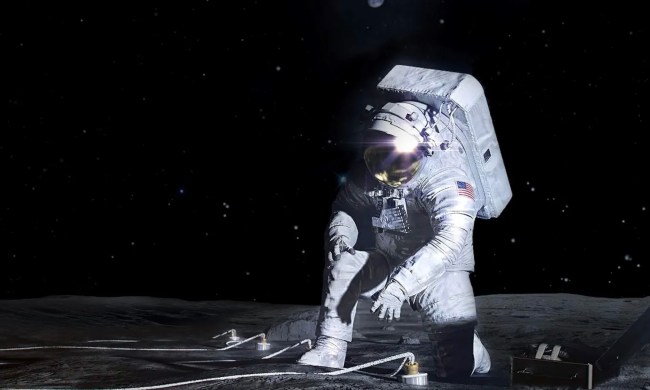
NASA astronauts will try to grow plants on the moon
Among three experiments heading to the moon as part of the crewed Artemis III mission will be a plant-growth study, NASA has announced.




























